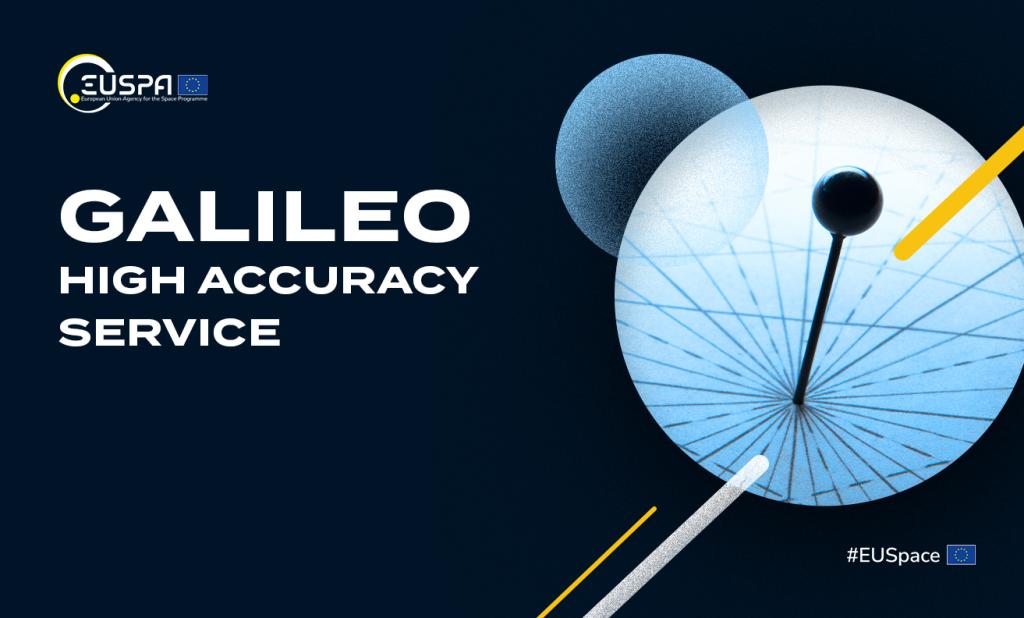EUSPA initiates the development the next Galileo High Accuracy Service (HAS) Evolution

Aligned with our mission to deliver a safe and secure state-of-the-art service for Galileo, we ensure that EU companies benefit from it. This commitment not only enhances Galileo's technological capabilities but also fosters innovation and growth within the European Union space industry in the field of High Accuracy.
To answer this mission and as the HAS Initial Service is delivered with stable and good performance, EUSPA launched 2 specific procurements for Galileo High Accuracy Service (HAS).
The procurements High Accuracy Data Generation Phase 2 and HAS User Terminal and Reference Algorithm Phase 2 will support the development of the infrastructure evolutions to support the next phase of the Galileo High Accuracy Service.
The aim of the High Accuracy Data Generation Phase 2 procurement includes the design, development, installation, qualification, support to accreditation, acceptance, and maintenance of the High Accuracy Data Generator (HADG) Infrastructure for the Galileo High Accuracy Service (HAS) Phase 2 to deliver enhanced performance and new functionalities as well as HAS phase 2 engineering support to the Contracting Authority.
The HAS User Terminal and Reference Algorithm Phase 2 develop a Galileo HAS User Terminal (HAUT). It includes the Reference User Algorithm (HAUA) to support the Galileo HAS Phase 2 activities and be made available to interested users to ease the adoption of this service.
A webinar, dedicated to the Galileo HAS Phase 2 Reference User Algorithm and User Terminal (HAUA and HAUT v2) procurement will take place on 14 June at 10:00 CEST. You can join by clicking here.
Beyond the previous, these two new procurements continue EUSPA’s support in the adoption of Galileo HAS in various user segments. We have also published a grant for the development of a Galileo HAS enable receiver.
We look forward to your proposals and your input in the development of Galileo HAS!